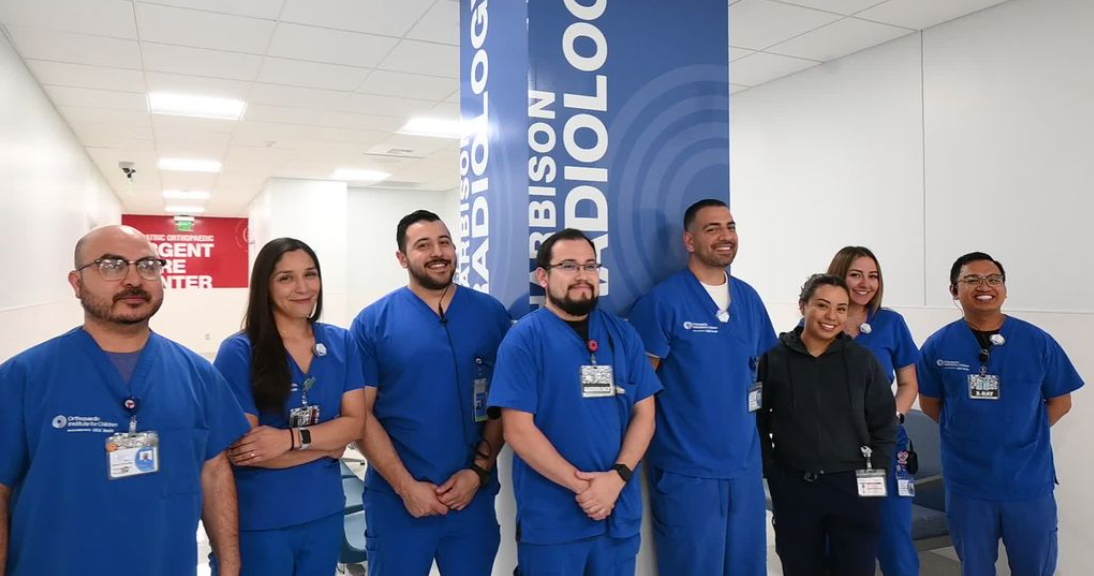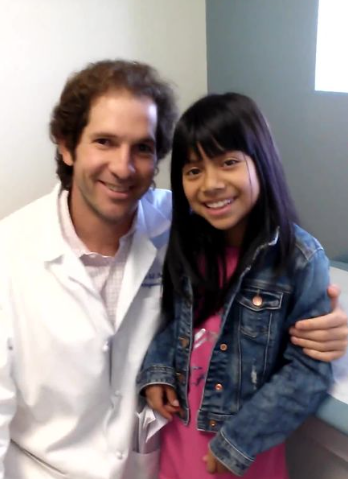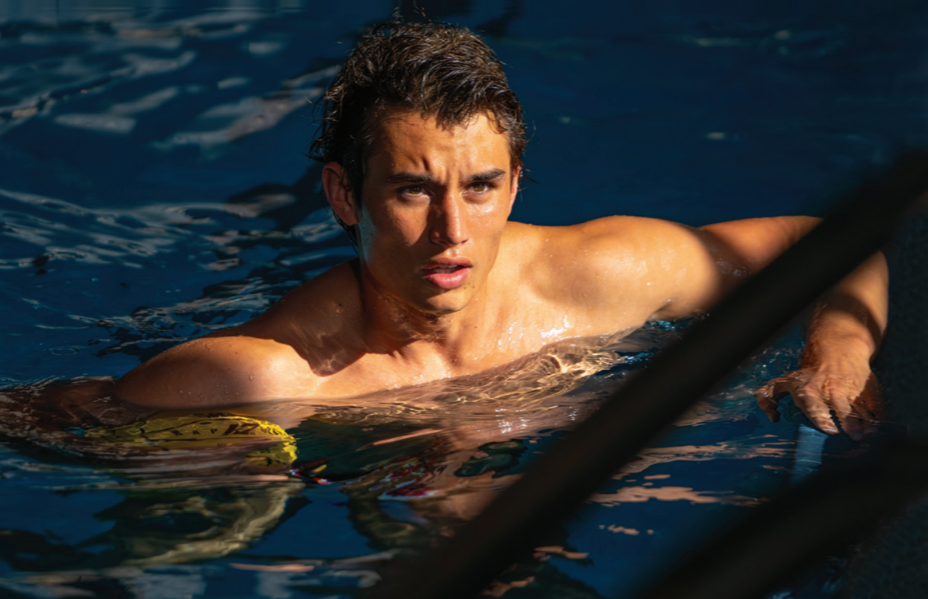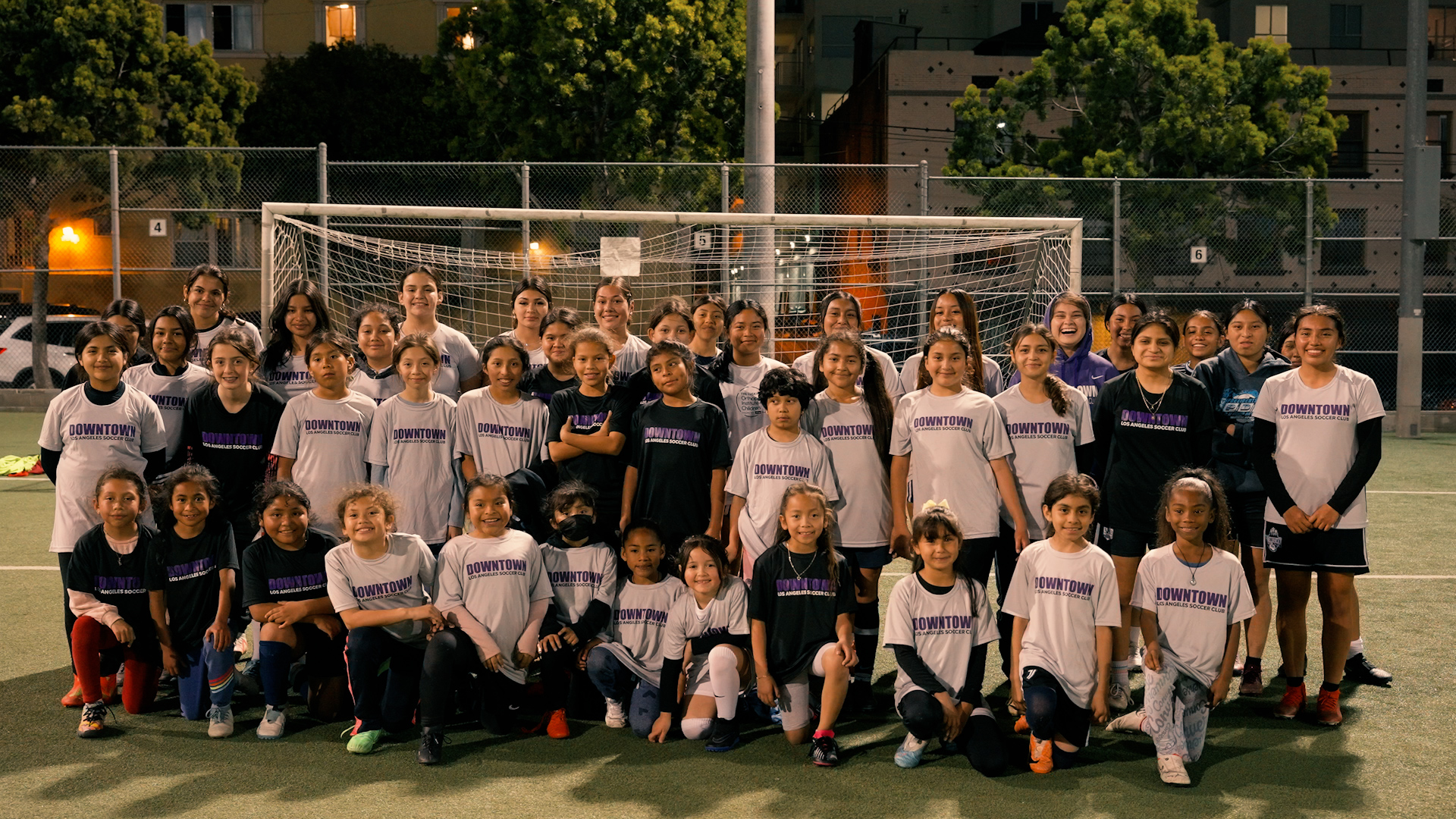Trust LuskinOIC Experts to Diagnose, Treat and Manage Your Child’s Scoliosis
Learn more about Scoliosis and how LuskinOIC can help.
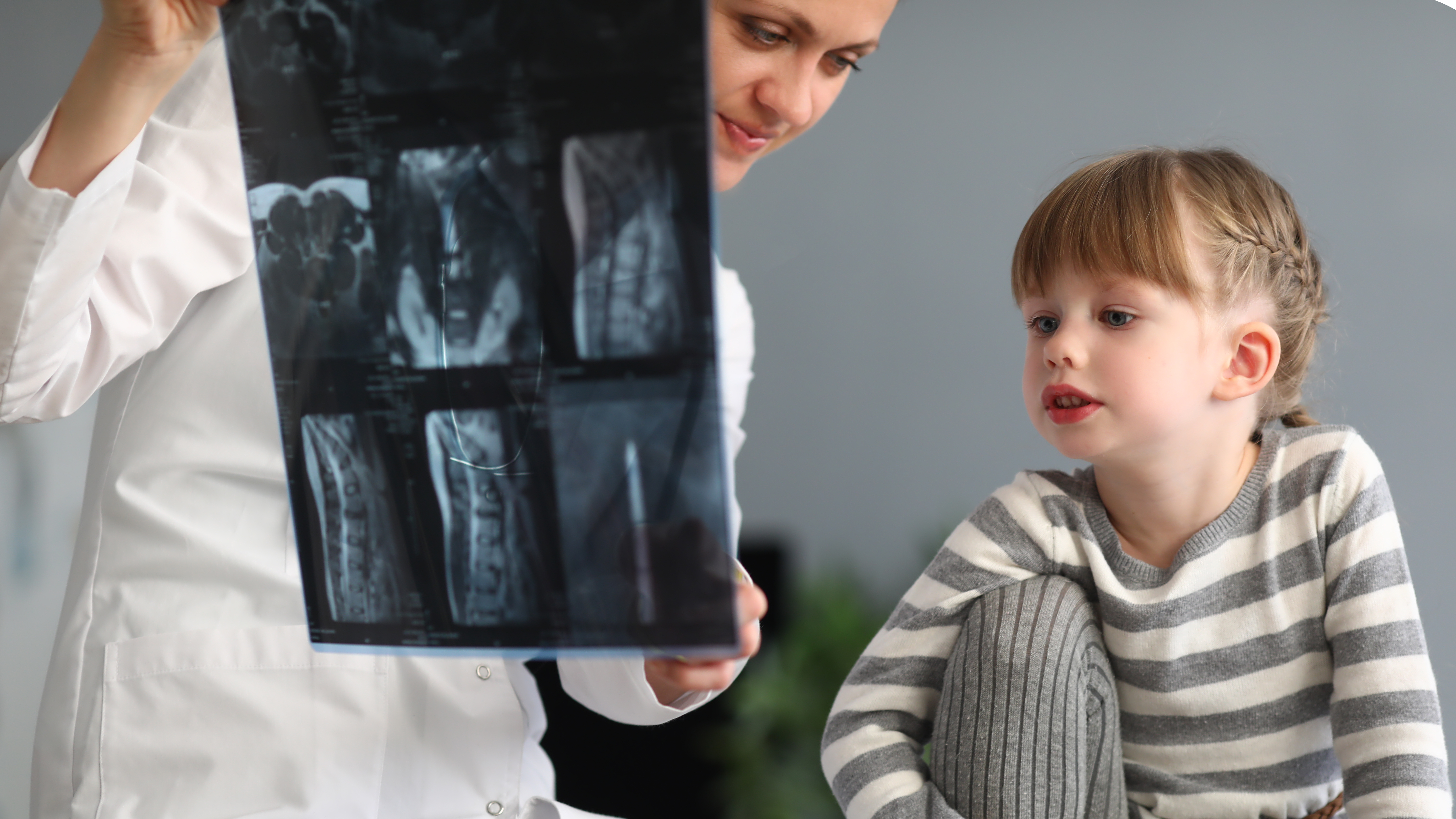
Scoliosis is a medical condition characterized by an abnormal curvature of the spine where instead of a straight alignment, the spine may curve sideways, forming an “S” or “C” shape. This condition can affect people of any age, but it often becomes noticeable during adolescence when the spine is growing rapidly.
The severity of scoliosis varies, and it can cause a range of symptoms, including uneven shoulders or hips, back pain, and in more severe cases, difficulty breathing if the curvature affects the chest cavity. Early detection and intervention are crucial for managing scoliosis effectively. Treatment options depend on factors such as the degree of curvature, the cause of scoliosis, and the age of the individual.
LuskinOIC is home to some of the world’s leading experts in the field of scoliosis, pediatric orthopedics, and spinal deformity surgery. Our team, led by President and CEO of LuskinOIC, Dr. Anthony Scaduto, is renowned for leading-edge research and pioneering innovative techniques that are redefining what is possible in pediatric spinal care.
Detecting scoliosis in your child
Children with scoliosis don’t always display the same symptoms. Here are a few common symptoms you can look for at home:
One shoulder blade juts out more than the other
Ribs stick out more prominently on one side
Tilted or uneven shoulders—may make clothing appear crooked
Uneven waistline or hip bones—can make pant legs appear uneven
Your child’s head doesn’t appear centered with the rest of the body
What causes scoliosis in children?
Scoliosis appears in thousands of children and is determined by your child’s genetic makeup. External factors such as injury, heavy backpacks or bad posture do not cause scoliosis.
The most common type of scoliosis is known as idiopathic, which means there is no definite cause of the condition. Idiopathic scoliosis typically runs in families, affects girls eight times more often than boys, and is often detected just before or during a child’s adolescence.
A child may be born with scoliosis—called congenital or infantile scoliosis—and can change as a child grows. For some kids, the curve becomes straighter on its own. For others, the curve becomes more pronounced, and treatment is needed.
Some children develop scoliosis later in life due to another health condition—such as cerebral palsy or muscular dystrophy. This is called neuromuscular scoliosis. Sometimes neurological or muscular diseases can cause weakness or imbalance in the spinal muscles, which raises the risk of developing a curved spine.
Possible causes include:
Differences in leg lengths
Infection
Inherited conditions
Injury
Nervous system problems like cerebral palsy or muscular dystrophy
Tumors
Although the exact cause is usually unknown, scoliosis can run in families. So, if one of your children has scoliosis, it’s a good idea to have their siblings screened for it.
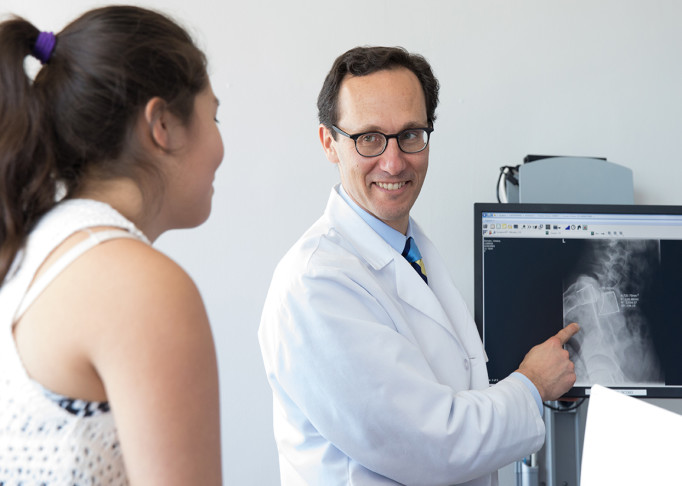
Trust LuskinOIC’s Scoliosis Center to help your child stand tall.
LuskinOIC’s Scoliosis Center has the expertise and leading-edge technology to diagnose, manage and treat your child’s scoliosis—whether the curve is mild and just needs monitoring, or severe enough that surgery is the best option.
Our dedicated team at LuskinOIC Scoliosis Center is ready to provide:
Diagnostic testing—including low-radiation X-rays and 3D imaging software
Ongoing monitoring for mild curves
Bracing for moderate curves
Growth-friendly treatment for young patients with scoliosis
Surgery for severe curves
Follow-up care during and after recovery
Access to physical therapy
Tailored scoliosis treatment plans at LuskinOIC
Dr. Scaduto and the experts at LuskinOIC create a treatment plan that’s tailored to your child’s unique needs. In milder cases, we may simply monitor the spine to make sure the curve doesn’t worsen. More severe cases may require treatment to prevent your child from developing issues with breathing or heart function. This could include bracing or surgery.
As children grow, the severity of their scoliosis can change. If the curve increases, treatment may become necessary. That’s why it’s important to have a physician regularly check your child’s spine.
The 3 main scoliosis treatment options are:
Monitoring If your child’s spinal curve is less than 25 degrees, we may recommend appointments every 6 to 12 months to monitor the spine. We’ll also schedule follow-up X-rays to make sure the curve doesn’t increase as your child grows.
Bracing (Scoliosis & Kyphosis Bracing) Bracing is often used to treat children and teens whose scoliosis is between 25 and 45 degrees. While it may not correct the curve in your child’s spine, bracing can stop the curve from getting worse. Our custom-designed braces allow as much movement, comfort and flexibility as possible. We also offer an innovative bracing treatment for younger patients called a Mehta cast.
Surgery
If your child’s spinal curvature is 45 degrees or more, or if bracing doesn’t help, we may recommend surgery. Unlike monitoring and bracing, scoliosis surgery—called spinal fusion—can correct the curve and prevent it from returning or worsening.
Surgeons at LuskinOIC will realign the curve, then fuse the section of straightened vertebrae. Once fused, that part of the spine will no longer grow. The fused vertebrae will heal together as if they are 1 bone.
Our surgeons are highly skilled in complex procedures, including:
Anterior, posterior and interbody spinal fusion: Spinal fusion is surgery to permanently connect two or more vertebrae in the spine, eliminating motion between them. This surgery is often used for children with scoliosis.
Cervical spine surgery: Cervical spine surgery is a type of neck surgery that involves removing a damaged disc to relieve spinal cord or nerve root pressure.
Growing rods (MAGEC): MAGnetic Expansion Control (MAGEC) is a surgical treatment for early-onset or idiopathic scoliosis. During the procedure, magnetic rods are implanted. After, an external remote control is used to adjust the rods to help minimize the progression of scoliosis and minimize the need for repeat surgeries.
Lumbar spine surgery: Lumbar spine surgery is a type of surgery used to treat compressed nerves in the lower (lumbar) spine. It is often used to treat scoliosis.
Titanium rib procedure (VEPTR): Vertical expandable prosthetic titanium ribs (VEPTR) is used for the treatment of childhood deformities of the thorax.
Recovering from scoliosis surgery and scoliosis management
Every child’s recovery is unique, but generally they will return to all normal activities—including contact sports—in 6 to 12 months.
Children under the age of 3 may undergo serial casting to correct scoliosis. A special traction table is used when applying a cast. Casts are changed every 3-4 months.

Treat and Manage Your Child’s Scoliosis Conclusion
Young patients with large or progressive curves may require an implant that controls the curve, while still allowing the spine to grow. We use magnetically-controlled growing rods (MAGEC rods) to lengthen the spine without general anesthesia.
LuskinOIC is here to help with every step of your child’s scoliosis.
Request an appointment today to see one of our experts.



